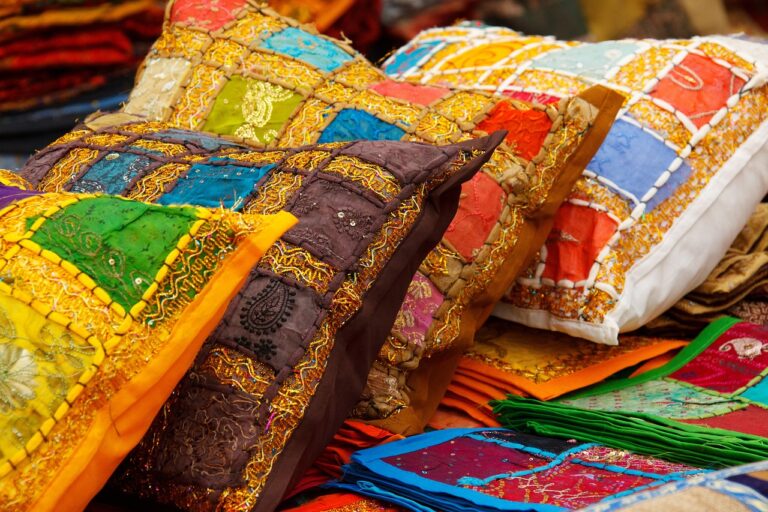Exploring Cultural Diversity Through Food: Recipes and Culinary Traditions from Around the World
When it comes to Asian cuisine, the ingredients and flavors are as diverse as the continent itself. From the tangy lemongrass in Thai curries to the umami-rich soy sauce in Japanese dishes, each country boasts a unique culinary identity. The vibrant colors of fresh vegetables, aromatic herbs, and fragrant spices create a harmonious balance that tantalizes the taste buds and delights the senses.
Furthermore, the use of ingredients like rice, noodles, seafood, and meats provide a rich tapestry of textures and flavors in Asian cooking. The delicate balance of sweet, salty, sour, and spicy notes in dishes like Chinese stir-fries, Indian curries, and Korean barbecue showcases the intricate layering of tastes that define Asian cuisine. The depth and complexity of flavors in Asian dishes reflect centuries of culinary expertise passed down through generations, making each meal a celebration of culture and tradition.
Traditional Cooking Techniques of Latin America
Latin American cuisine is famous for its vibrant flavors and unique cooking techniques that have been passed down through generations. The use of ingredients such as corn, beans, and chili peppers is prominent in many traditional dishes. One of the most common cooking methods in Latin America is grilling, where meats and vegetables are cooked over an open flame or hot coals, imparting a smoky flavor to the food.
Another popular cooking technique in Latin America is braising, where meats are slowly cooked in liquid until they are tender and flavorful. This method is often used in dishes like ropa vieja from Cuba or carne guisada from Mexico. Additionally, many Latin American cuisines make use of marinating meats in citrus juices, like lime or orange, which helps tenderize the meat while adding a tangy and refreshing flavor to the dish.
Spices and Seasonings of the Middle East
The Middle East is renowned for its rich and diverse array of spices and seasonings that add depth and complexity to its cuisine. From the warm and earthy cumin to the aromatic and floral cardamom, each spice plays a vital role in creating the distinct flavors of the region’s dishes.
One of the most iconic spices of the Middle East is sumac, which adds a tangy and citrusy flavor to dishes. Za’atar, a flavorful blend of thyme, sesame seeds, and sumac, is another staple seasoning that is sprinkled on flatbreads, salads, and grilled meats. These vibrant spices and seasonings not only enhance the taste of dishes but also reflect the region’s culinary traditions and cultural heritage.
What are some common spices and seasonings used in Middle Eastern cuisine?
Some common spices and seasonings used in Middle Eastern cuisine include cumin, coriander, cinnamon, cardamom, sumac, za’atar, and turmeric.
How are these spices and seasonings typically used in Middle Eastern cooking?
These spices and seasonings are often used to add depth and flavor to dishes such as stews, rice dishes, grilled meats, and salads.
Are there any unique cooking techniques associated with Middle Eastern cuisine?
Yes, Middle Eastern cuisine often involves techniques such as slow cooking, grilling over open flames, and marinating meats in yogurt or spice blends before cooking.
Can I find Middle Eastern spices and seasonings easily in grocery stores?
Many grocery stores now carry a variety of Middle Eastern spices and seasonings, but you may also want to consider visiting specialty stores or markets for a wider selection.







